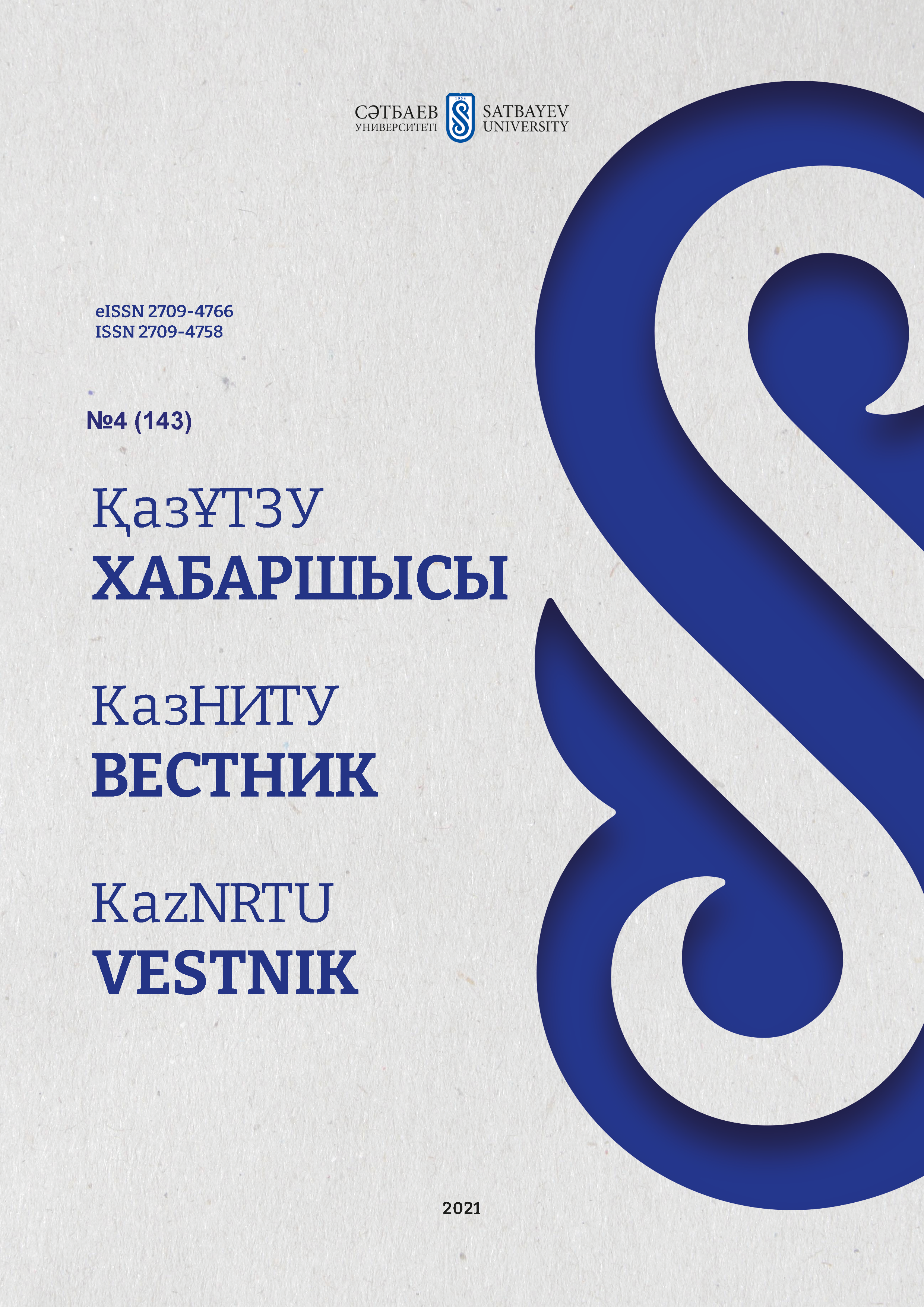Relationship between rock deformation and the geophysical and fluid processes of the Earth’s crust
DOI:
https://doi.org/10.51301/vest.su.2021.i4.05Keywords:
Rock deformation, structural heterogeneities, earth’s crust, deformography observations, geophysical process.Abstract
Tien-Shan seismogen (TSS) is the modern mobile macro-fissure structural heterogeneity of lithosphere within which geodynamical processes occur accompanying intensive tectonic movements in earth’s crust and seismic phenomena [10]. The TSS is distinguished as a whole structural formation in the area of the joint structure of the Urals and Western Siberia with the structures of Central Asia by means of a complex of interpretation and analysis of a whole range of materials: geological, geophysical, etc. [1]. In order to study the current geodynamics of the structural irregularities of the Earth’s crust in the territory of North Tien Shan, which is the most seismically active in Central Asia, comprehensive geophysical studies are being conducted. Monitoring consists of three permanent observation points with a 24-hour programme. Those points are situated on seismic active part of Northern Tien-Shan. Kurty point is located in flat part of monitoring area (area with weak seismicity of the earth’s crust) and other points, Turgen and Medeo are located in seismic active part of Tien-Shan. Strainmeters are oriented in the North-South and East-West directions. Based on the experimental data obtained at Kurty, Medeo and Turgen points the bank of data was created. It contains hourly, daily, monthly and annual average values of deformations calculated by directions C-Y and B-3, as well as their modules. In this paper, the link between the deformation of rocks and atmospheric processes (the link between rock deformation and concentration density of electrons in ionospheric layers) are researched. According to trends, electron concentration in E layer increases but in higher layers decreases. Rock deformation in Medeo and Turgen area changes synchronously with the dynamics of the electron concentration in E layer and in Kurty area is antiphase. As a result, it is possible to trace the dependencies and links between the deformation of rocks and the geophysical and fluid processes of the Earth's crust, which, after analyzing and interpreting the data obtained experimentally, can be traced.
Downloads
Published
How to Cite
Issue
Section
License
Copyright (c) 2021 VESTNIK KAZNRTU

This work is licensed under a Creative Commons Attribution-NonCommercial-NoDerivatives 4.0 International License.
<div class="pkpfooter-son">
<a rel="license" href="http://creativecommons.org/licenses/by-nc/4.0/"><img alt="Creative Commons License" style="border-width:0" src="https://i.creativecommons.org/l/by-nc/4.0/80x15.png"></a><br>This work is licensed under a <a rel="license" href="http://creativecommons.org/licenses/by-nc/4.0/">Creative Commons Attribution-NonCommercial 4.0 International License</a>.
</div>





